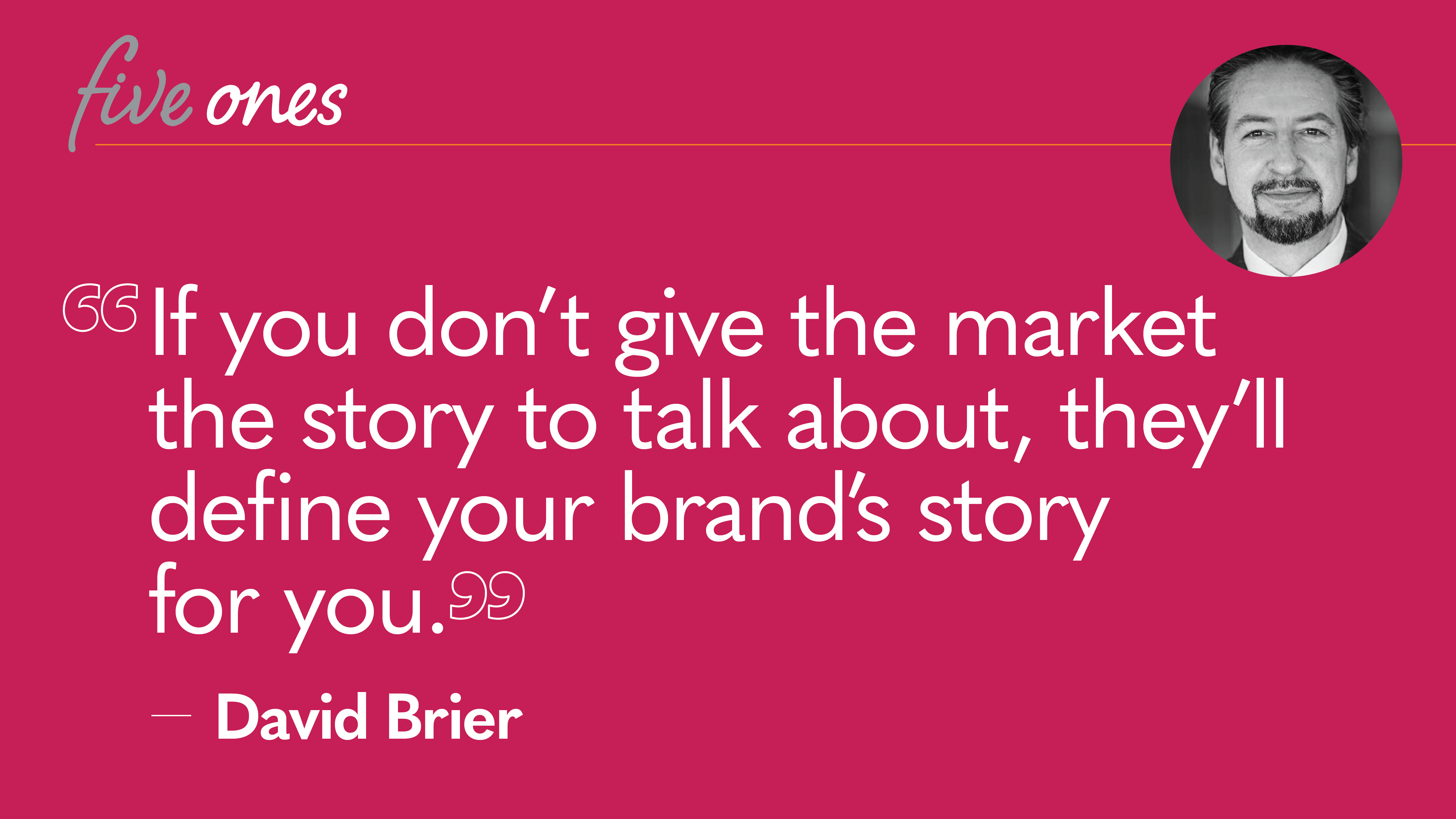
The Difference Between Marketing Strategy and Tactics – the Ultimate “Chicken or the Egg” Question
When establishing your nonprofit marketing plan (or even taking over an established marketing department), it can be hard to figure out where to start. Do you need to create (or relaunch) a killer website first? Focus on your brand? Or a promotional plan to reach stakeholders? It is normal in the beginning to feel like you have so much to accomplish that you aren’t sure where to turn. The bottom line is that there is a logical progression of steps that you need to take to have maximum impact and be sustainable for years to come, and it all starts with strategy.
Branding Strategy Should Always Be the First Hurdle You Tackle
“Build it, and they will come,” is a saying that was made iconic by the infamous movie Field of Dreams. This saying is true of your brand. You may be wondering why building brand equity is vital for a nonprofit organization. The fact of the matter is, establishing a brand is the most important thing you will do.
What Does Branding Do For Your Nonprofit?
Strong branding is invaluable for your cause. It tells the world who you are, what you stand for, your mission, your values, and the impact you make. In short, it shows your audience how you are able to help others. It is the foundation of your reputation.
The Qualities of Effective Branding
Building an effective brand for your nonprofit can present more challenges because, in most cases, you aren’t offering a tangible product that instantly satisfies. Instead, you are asking your audience to see the bigger picture and believe in a long-term vision. For instance, the American Red Cross is well known for offering emergency assistance 24/7, 365, along with disaster relief aid. Their product isn’t something you can pick up off of a shelf, yet they have been successful in building a brand and audience that believes in their mission.
Philanthropy News Digest breaks down branding to six key components, from a marketer’s perspective, which I think are spot on. Once you know/write/establish these, you’re ready for the “doing.”
- Organizational Strategy – Let’s your audience know where you plan to go, and the route you are going to take to get there.
- Organization’s Staff – You must hire a staff that represents holds the same values and represents your organization well.
- Organization’s Message – This is all about what you say and how you say it. Make sure your brand’s messages are delivered in a way that resonates well with your organization’s audience.
- Organization’s Interactions – Make sure that your brand’s values are always well-conveyed when interacting with your audience.
- Organization’s Logo – An appealing logo, not only makes your brand recognizable but conveys trust and loyalty in your audience.
- Organization’s Communication Tools – Be sure your brand can communicate clearly and effectively with your audience consistently. The communication element is a large part of creating trust with your organization’s audience.
How Should You Market Your Message?
Here’s the thing…you will not be able to do much good, fundraise or offer services if people are not aware that you exist. That is why you need marketing! You must build an audience, network, and forge relationships with supporters, donors, media outlets, and other organizations. If your vision is to be realized, marketing is a must.
The very first step is to determine your target audience. Who will your mission appeal to, and who needs your services? Gather as many specific details as possible and build personas, such as:
- Age
- Gender
- Geographic location
- Income level
- What platforms do they use to receive their information? (i.e., Facebook, Instagram, television, radio, print, etc.)
Check out this great online tool to start persona development. It doesn’t need to be in-depth, just thorough. Once you have this information, you will better understand how to reach your target audience effectively.
Execution of Your Marketing Strategy
After you’ve laid the foundation (strategy) in your overall marketing plan (or practice), it is time to tackle how to market your mission.
Effective execution of your marketing strategy involves multiple components. The platforms you use will depend on your target audience. But, the first thing you’ll want to do is take stock of your marketing materials. This can be anything from a website, to brochures and business cards, to pencils and cups. We could go on and on about tactics, but let’s focus on your website here.
A Few Notes on How to Create a Killer Website
One of the best marketing strategies you can have for your organization is to design a top-notch website and keep it updated. Make sure the design is neat, clean, and easy to navigate. Here are the most top components of a great website:
- About Us – Be sure to include a page that tells about the history of the organization as well as its mission, values, and goals.
- Contact Us – Make sure visitors of the page have an easy way to contact you. It is even better if you offer multiple and direct methods such as a phone number and email address.
- Accomplishments – Show off what the organization has already accomplished. Your stakeholders will like to see the results.
- Upcoming Events and Ways to Get Involved – Make sure it is easy for visitors to see how they can get involved. This could be through donations, volunteering, etc.
- Blog – While some of your content can be promotional and highlight recent accomplishments and upcoming events, the majority should be informational. Make sure the information presented is of real substance and value to your audience. This will establish you as an authority in the field and build trust with your audience.
- Donate button – Well, if you forget this, you’re missing the most imperative element. Make it easy and make it urgent.
Let Us Know What You Think!
So, what do you think? What came first, the chicken (brand) or the egg (tactics)? We’d argue that branding always comes first. Here at Five Ones, we are dedicated to making your nonprofit’s vision a reality through strategically aligned marketing activities that always start with strategy. Drop us a line and let us know what you think.


